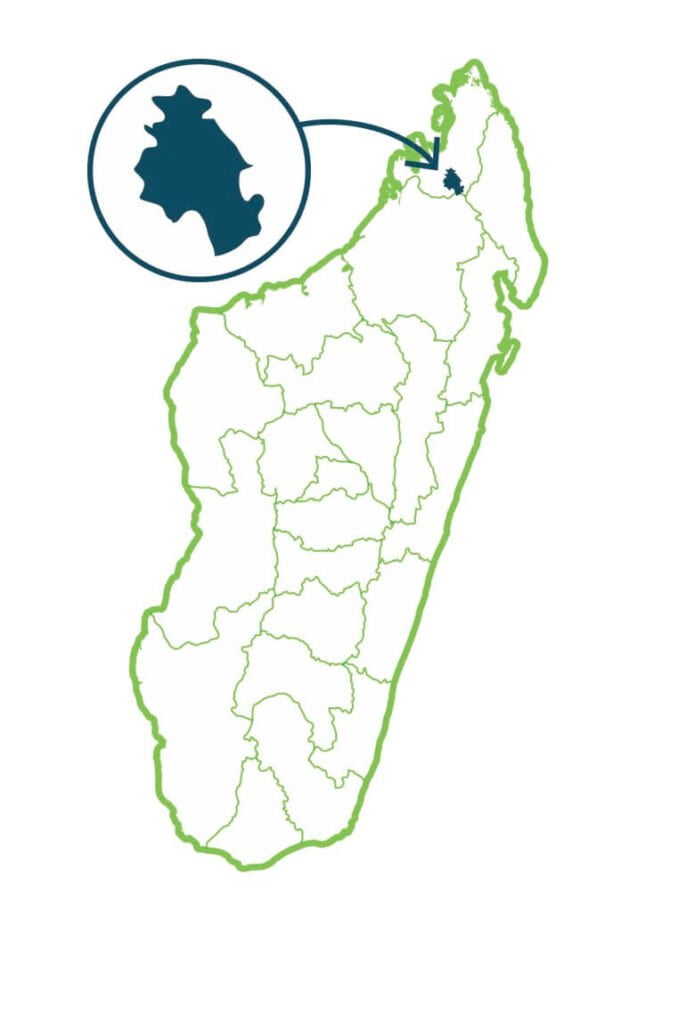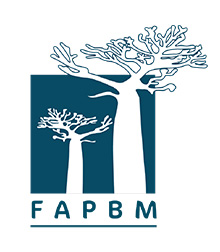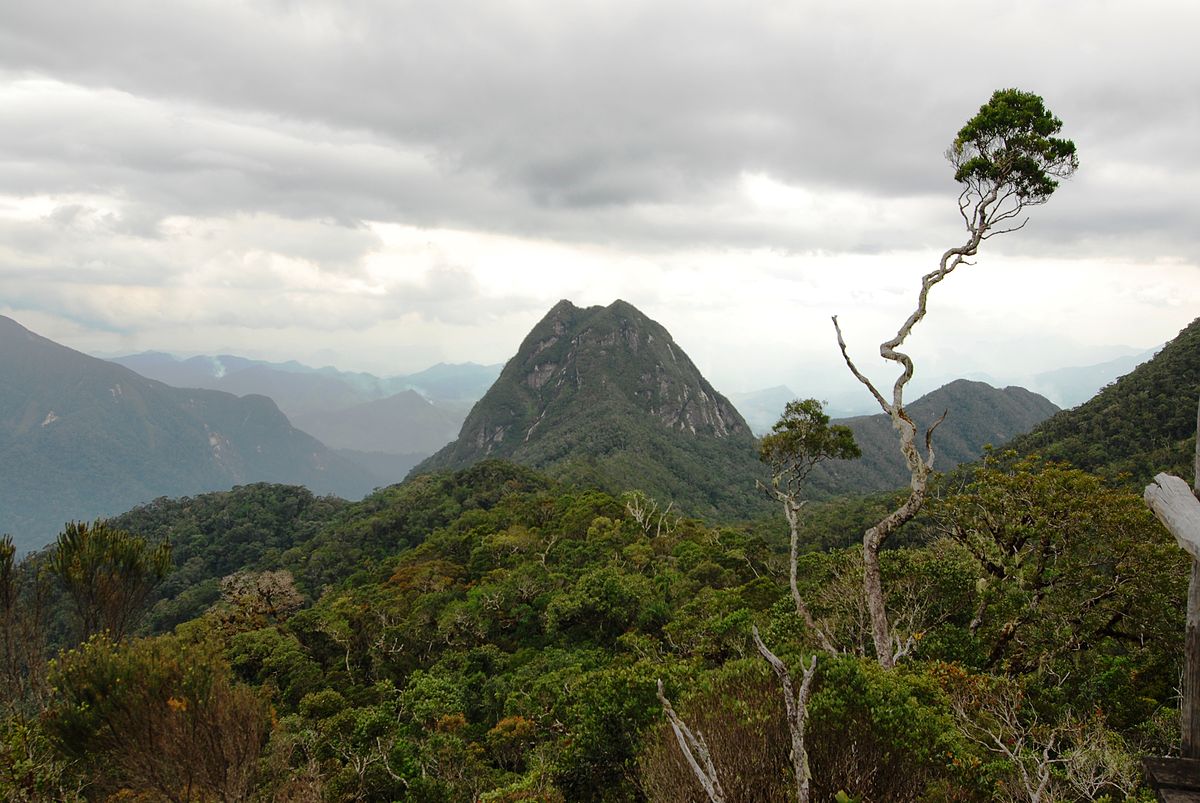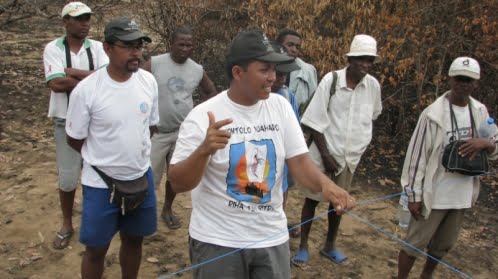Flagship Species
Tsaratanàna Strict Nature Reserve is the only Strict Nature Reserve within FAPBM portfolio to date. It is made up of low and medium altitude rainforests and ericoid scrub in the high mountain areas.
These habitats are rich in biological diversity, especially in herpetofauna in high altitude areas.
There are 9 species of lemurs including the black lemur (Eulemur macaco) and the Lepilemur dorsalis.
The flora accounts for over 1,170 species, 72 of which are locally endemic.















